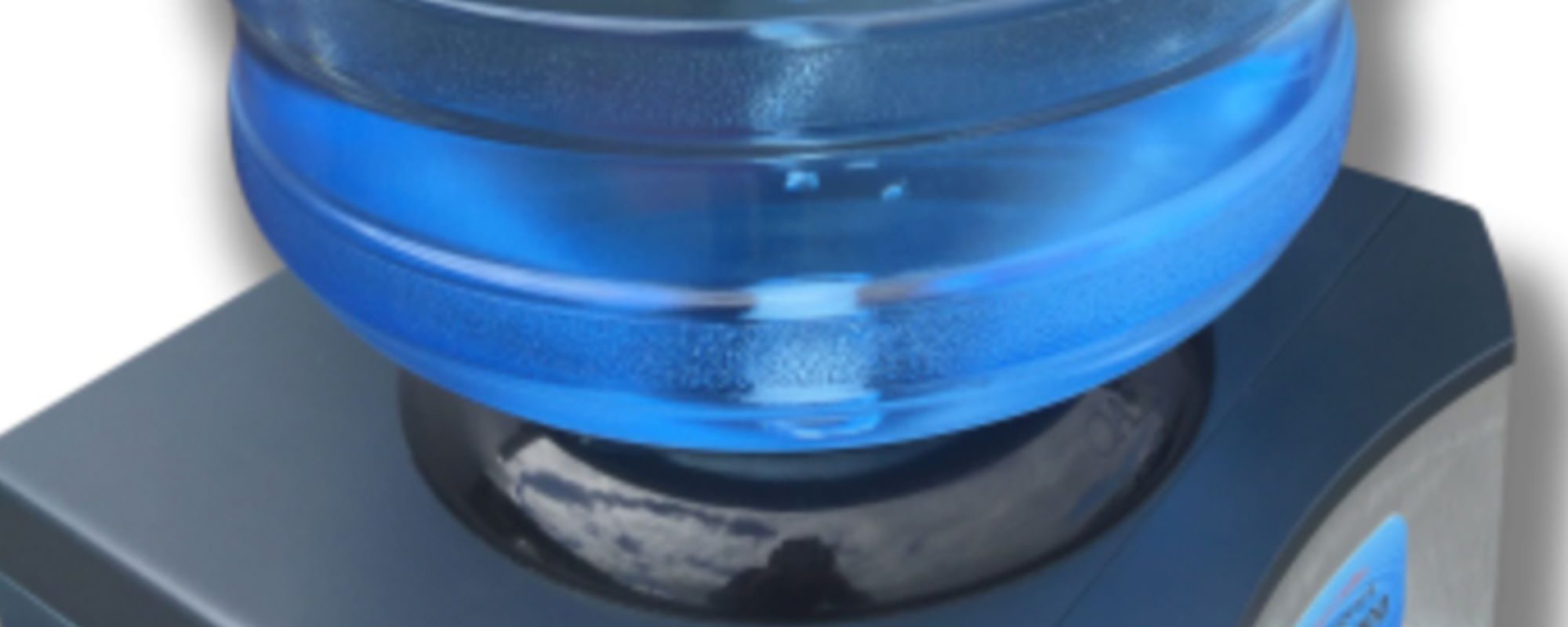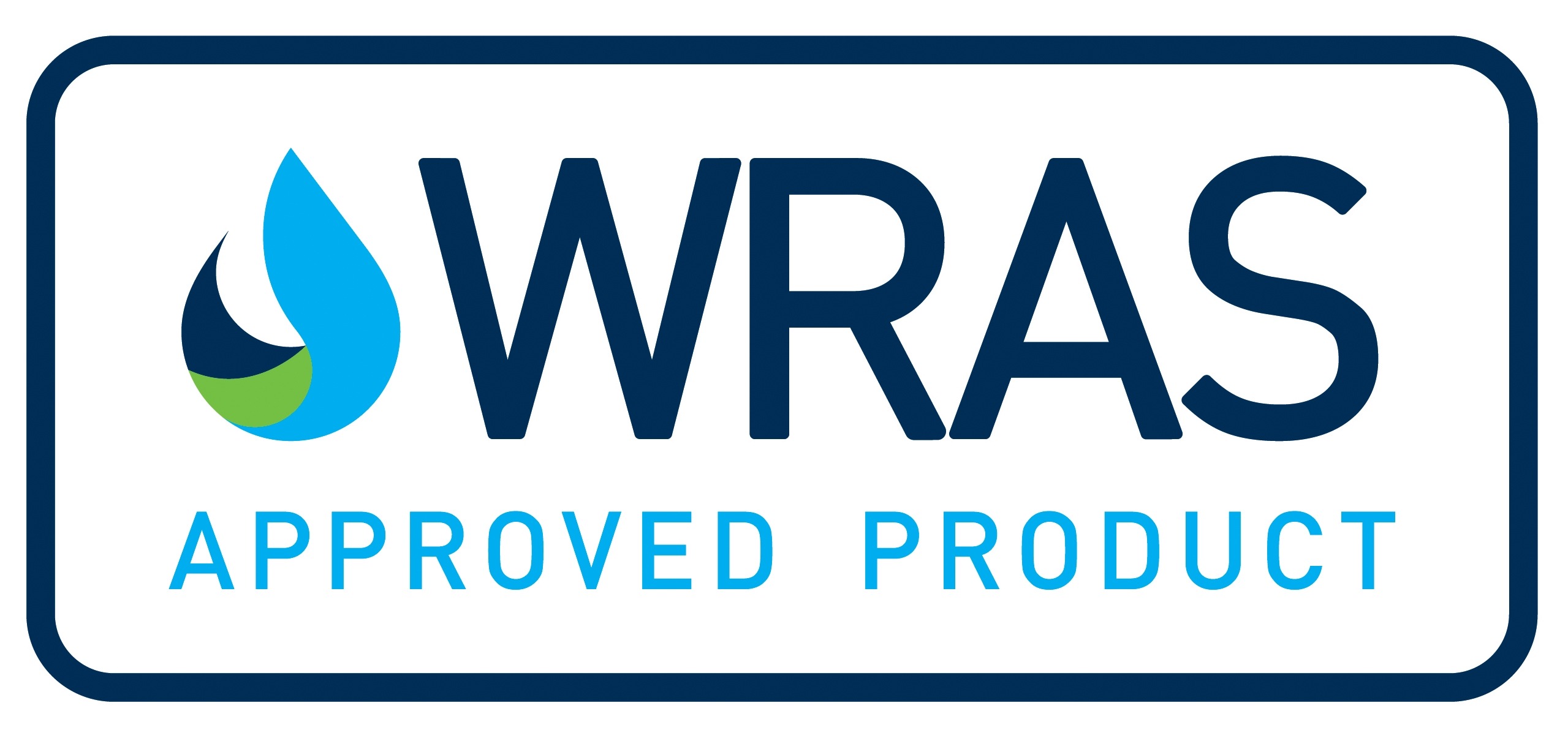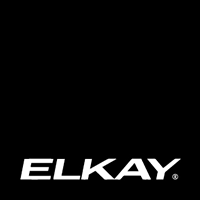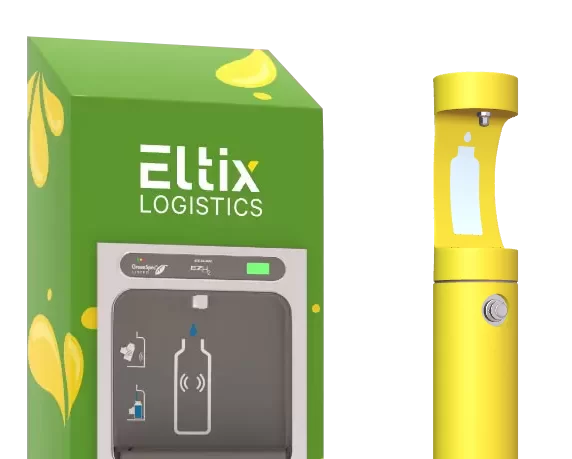 27th Oct 2017 by MIW Water Coolers
27th Oct 2017 by MIW Water Coolers
How Safe is Your Water Cooler?
It’s almost a given, these days, that if you work for a company of a reasonable size – say, ten employees, or more – you will benefit from the provision of a water cooler. It’s quick, it’s easy, it tastes better than tap water, and it’s better for you than fizzy drinks. That’s the assumption anyway. Unfortunately, it’s not as simple as that. While well-made, well-maintained coolers are a definite perk for any workforce, others can actually be detrimental to drinker’s health.
Why a water cooler may not be safe.
There are two main reasons why water coolers could cause you and your staff problems: poor production and poor maintenance. Let’s start with the obvious.
Maintenance
In 2007 a Consumer Focus Group looking into the safety of water coolers and communal drinking fountains discovered microbiological contamination in 26% of samples. This contamination ranged from E-Coli and Staphylococcus aureus, to Pseudomonas (found in stagnant water) and, truly unpleasantly, Enterococcus faecalis; bacteria from the gastrointestinal tracts of humans and other mammals. The source of these bacteria was poor maintenance, including:
Insufficient and poor cleaning of the taps, trays and dispenser casing.
– Cross contamination from the poor personal hygiene of users.
– Failure to replace the filters regularly
– Inadequate cleaning and maintenance of the dispenser pipe work
– Incorrectly fitted systems which are not plumbed into mains water supplies
– Drinking directly from the tap – contact with saliva, lips and fingers.
– Growth of algae and mould if the cooler or water fountain is located in direct sunlight.
While worrying, unpleasant and potentially dangerous, these are all issues that can be easily remedied through thorough and regular maintenance. More difficult to fix, once a unit has been purchased, is shoddy production values.
Production
A water cooler is a water cooler is a water cooler, right? Wrong. While many cooler units look pretty much the same, they are made by numerous companies in numerous countries, all with differing health and safety standards. What this means for the consumer is that they can purchase what they believe to be a high-quality piece of equipment for their staff, and end up inadvertently causing low-level (or, in the worst cases, high-level) chemical poisoning. So, what can you do to make sure that you’re not caught out? Look for the WRAS logo.
WRAS (Water Regulation Advisory Scheme) is kind of like OFCOM for water; it’s their job to ensure that water related products used within the UK comply with the Water Supply (Water Fittings) Regulations or Scottish Byelaws, and many British utilities companies, including Thames Water now recommend only purchasing WRAS certified products. 
To become WRAS certified, all components within a water cooler, drinking fountain, or any other water-related product need to be thoroughly tested by international public health and safety organisation, NSF. From individual elements – O rings, washers, water pipes – to complete units, NSF rigorously test to make sure that there are no harmful chemicals, plastics or lead in use, and to safeguard against dangerous degradation. It’s their job to keep you safe. It’s your job to follow their advice.
WRAS certification is difficult to come by, and it’s a simple matter to be misled into purchasing a non-certified product through blanket bannering on websites on in stores. As a purchaser, your best bet is to ask for WRAS certification, and if you’re at all concerned you can cross-reference your chosen product on the WRAS Approvals Directory. A reputable dealer will not try to mislead you, but it’s always better to check than to regret.
As a business owner or manager, you know that you have a duty of care for your team. Sometimes it’s a lack of information or understanding that can jeopardise that, but being forewarned is being forearmed. Consider yourself armed.
How safe is your water cooler?











